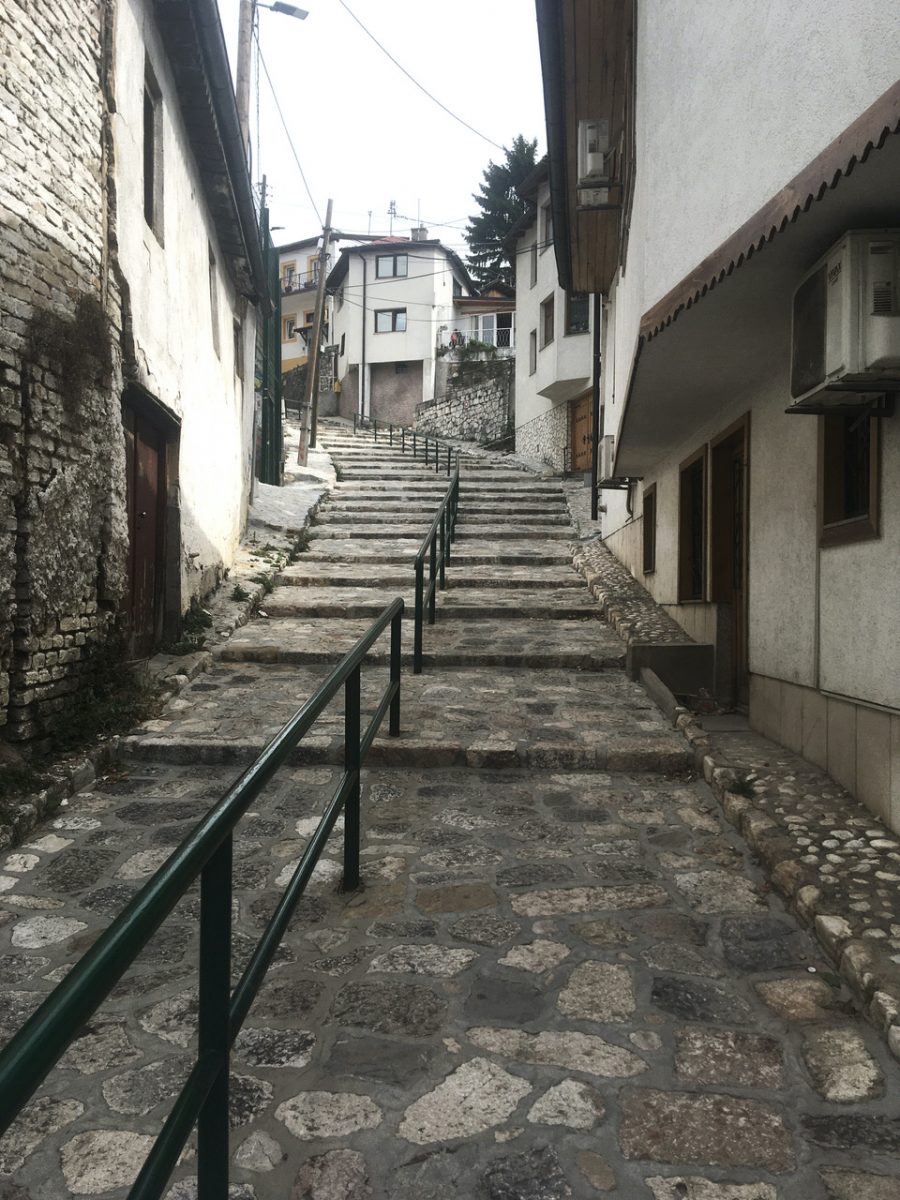Formalisations of the traditional Sarajevan Archipelago and its potentials for the contemporary City
Eldar Hajdarević

Mahala is the traditional residential quarter in the Islamic urban conceptualization. In Sarajevo the mahale derived from the Ottoman founding of the city in the 15th century and developed since then a unique three-dimensional morphology. As an expression of traditional spatial laws and the particular natural circumstances they shape the historic residential belt of the city up until today.
But the Sarajevan mahale are suffering from an intense neglect. After becoming an ongoing target in the city’s siege during the Balkan wars in the 1990s the neighbourhoods today witness not only alterations in their material substance, but as well an advancing shift into oblivion in the theoretical spatial discourses. Their role in the urban development has become uncertain.
Starting from examinations into the historical definitions, this research analyses the specific concept and spatial patterns of the mahala in Sarajevo. In order to preserve and document its properties the focal part of the research concentrates on examining its particular morphology.
By drafting a catalogue of the mahale from archived and contemporary plan documentations the subject‘s research framework is defined. A retracing in different scales, starting with the city’s overall mahala system and leading to particular, individual and singular situations in the typologies sets up the architectural investigation. Photographic documentation and analysis of the current situations complement the plan-based examination adding the socio-economic, the cultural and the political sphere to the contemporary meaning of the mahale.
After documenting the mahala’s properties in the manner of a reduction to morphological concepts, the conclusion of the research heads to the potentials of these examined qualities for contemporary and future Sarajevo. Furthermore by creating links to historical and current morphological discourses the possible contributions of the patterns of the Sarajevan mahala and their role for today‘s Architecture of the City are postulated and discussed.